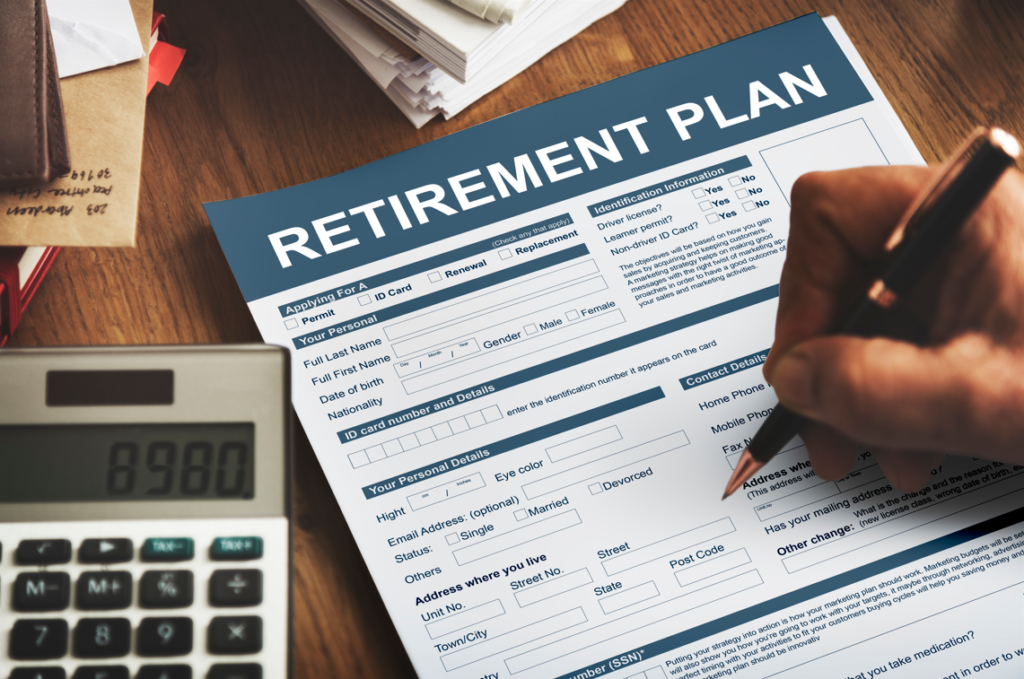How much super do I need for a ‘comfortable retirement’?
According to the Association of Superannuation Funds of Australia Limited (ASFA) Retirement Standard, for those wanting a ‘comfortable retirement,’ the average super balance at retirement should be around $640,000 for couples and around $545,000 for singles.
1
These figures presume you own your own home with no mortgage, and cover daily essentials, as well as spend on things like home improvements, dining out, exercise and leisure activities, and occasional holidays, among other things. You may also want to consider what your life during retirement will be like, e.g., will you be in good health, how long might you live, and do you think you’ll need to pay for aged care?
When assessing your desired balance for retirement, a good idea is to think about what you want to spend money on. A ‘modest retirement’ lifestyle for example, is considered better than the Age Pension, but still only enough to be able to afford basic activities.
Tip: Try our handy Retirement Lifestyle calculator to see how spending money on different things can affect the cost of your lifestyle in retirement.
How much super do I currently have?
You can see today’s super balance when you sign in to your super account. You can then compare it against the current average balance for your age group as well as ASFA’s suggested average balance for your age, which you can find below.
(Remember different assets generally deliver different returns, so it’s a good idea to check in regularly with the diversification of your super investments and your own risk appetite.)
What’s the average super balance by age, and is it enough to track towards a ‘comfortable retirement’?
Research tells us there’s a gap between how much people have in their super now, and how much they need to fund their post-working years.
So, what are the current average balances for different age groups?
The table below shows the average super balances of Australians across different age groups and genders. We sourced these figures from the Association of Superannuation Funds of Australia (ASFA) from their paper released March 2022 (https://www.superannuation.asn.au/ArticleDocuments/270/2022_Superannuation_Account_Balances_Research.pdf.aspx?Embed=Y, no longer online), and then calculated the overall averages for each age group.

(Australian females on average have less in their super than males, given super is closely linked to paid work, and women currently earn around 14% less than men3.)
Are these average balances enough to be tracking towards a ‘comfortable retirement’?
How much is ‘enough’, is different for every individual. The table below suggests that on average, there’s a potential shortfall in today’s super balances to be on track for a ‘comfortable retirement’ and shows where your super balance
should be at your age today.
These recommended super balances have been calculated (April 2022) using ASFA’s Super Guru Super Balance Detective Calculator, averaged across different age groups.

Example: For those in the 40 – 44 age group, the balance shortfall is estimated at around $57,000. And for those in their early sixties, the balance shortfall is estimated at over $124,000.
How do I take action if there’s a gap?
If you’re looking at your super balance and the averages above, and think your balance could do with a boost, here’s some things you could consider doing:
- Get the basics of your super sorted - By ensuring your super account is set up correctly can help get you on the right track for growing your super balance. Some simple things include recording your Tax File Number (TFN) so you don’t pay any unnecessary tax, and keeping your personal details updated so your super fund can contact you with any important information.
- Pay yourself back - If you were approved to access your super early as a part of the COVID-19 early access program, it’s a good idea to try and pay those funds back to yourself if you’re in a financial position to do so. You could talk to your employer about a salary sacrifice arrangement, or make some voluntary contributions yourself over time. You can use MoneySmart’s Superannuation calculator to see how regular contributions over time could add up over the years and potentially help boost your super balance.
- Start contributing as early as you can and as regularly as you can - Your super earnings follow the same principle as compounding, and generally, the earlier you can put money in, for example with salary sacrifice, and the more regular your contributions, the better chance your super has to grow. Read more about how compounding works with superannuation, including different case studies for your age group.
- Consolidate your super accounts - More than 6 million Australians have more than one super account5. If you’re one of these people, it’s worth thinking about consolidating them into one account. The money you may save in multiple fees could stay invested and really help grow your overall super balance.
- Add more to your super if you can - By adding more money to your account each year – above the 10.5% (as at 1 July 2022) you normally receive from your employer – you’ll give your super the opportunity to grow faster and bigger. We offer a range of strategies in our boost your super guide. Try just one or embrace them all to boost your super savings over time.
- Check in with your investment options over time - Investing your super at every age of your life is important. However, it’s worth checking in with your investment strategy, as the same one may not be appropriate for every life stage.







